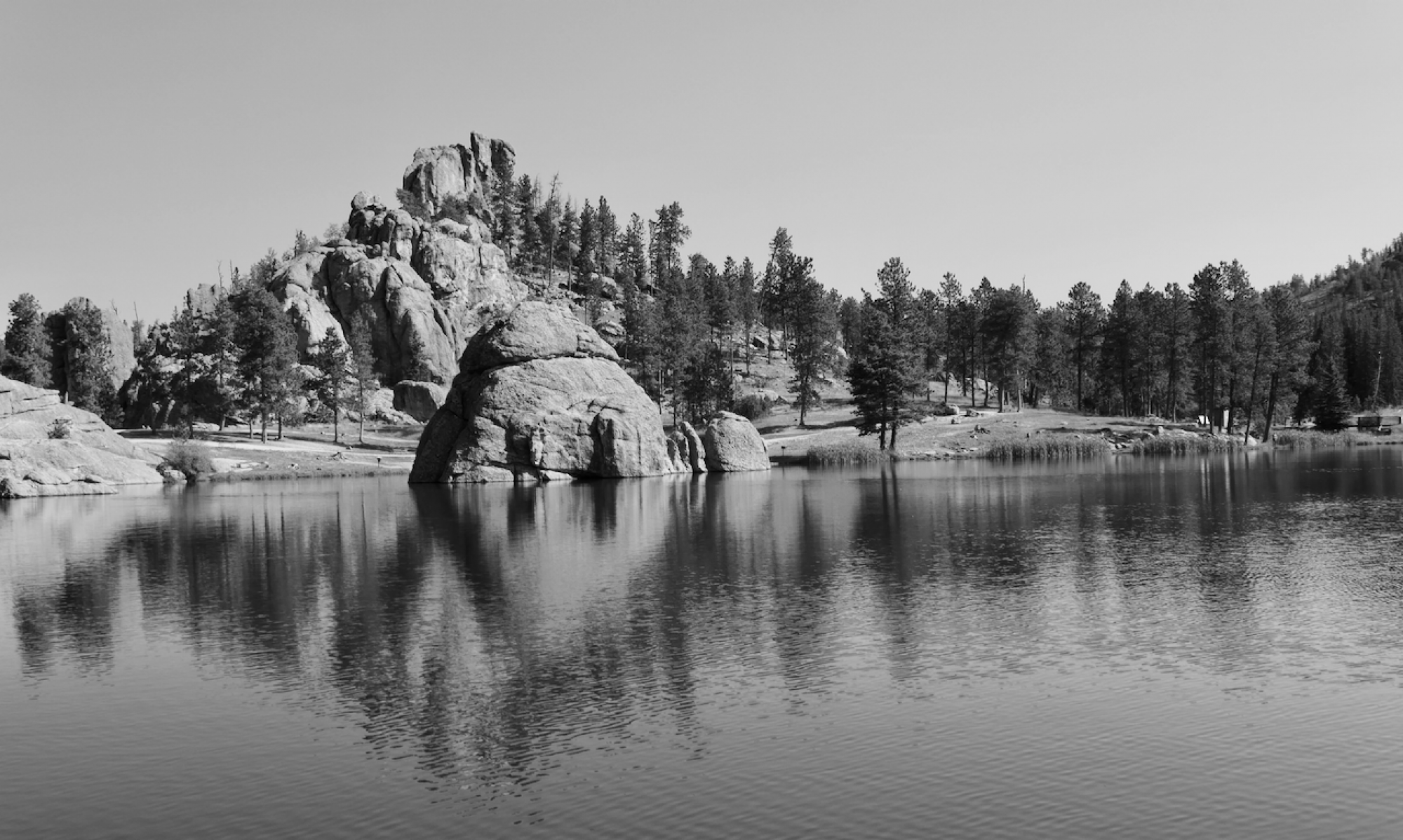A few weeks ago, one of my buddies had mentioned that he’d read Jurassic Park for the first time recently, and he was surprised at the number of differences between the book and the movie. I haven’t read the book since 1993 (around the time the movie came out), so it was a bit fuzzy. At this point I’ve seen the movie quite a few times, so it has kind of become “canon” in my memory.
Last week, I was going through a slow purge of my existing books and stumbled across my paperback copies of both Jurassic Park and the Lost World. Inspired by my discussion with my friend, I decided to re-read both books.
Here are some of the differences that I thought were interesting and/or was disappointed they left out of the movie.
(Needless to say – uh, spoilers – for both the book and the movie. C’mon people you’ve had at least 20+ years to see the movie and/or read the book)
1. The movie flips the ages and a couple of the personality traits of the kids. Lex is the older and the computer nerd, and Tim is the younger one and the dinosaur expert. In the book, Tim is still the dinosaur expert, but he’s the computer nerd and the oldest. Lex is the youngest and really doesn’t do much in the book (outside of petting and naming the dinosaurs they encounter. I prefer the movie switch, since it gives both kids something to do (Although I still cringe every time I hear “It’s a Unix system.” from that scene in the movie). The book also mentions the kids’ parents are divorcing, but it’s left out of the movie.
2. My favorite – and I chuckled at this as I read it – was that Alan Grant “loves kids” in the book. I didn’t mind that they made him uncomfortable around kids in the movie because it gave his character a chance to grow through the film, but it was a funny thing to read that line in the book.
3. The T-Rex is a much bigger antagonist in the book. All of the content about Grant and the kids taking a raft into the lagoon / river in the book are not in the movie. I’d completely forgotten about this, so I was disappointed (again) that they weren’t in the film. A couple of them – the scene where they learn the T-Rex can swim, and the waterfall scene where the raft is about to go over the falls to where the T-Rex is waiting below – would have been amazing on film.
4. I was happily surprised that a lot of the great lines from the movie came directly from the book.
5. The aviary and the opening scenes are left out of the book, but they are used in the other films. The opening scene of Jurassic Park becomes the opening scene for the Lost World movie. The aviary shows up in Jurassic Park III (you know, the one where you root for the dinosaurs to eat Tea Leoni’s character)
6. The main subplot of the book that’s completely left out of the movie is the concern about the dinosaurs getting off (and possibly already have gotten off) the island. It’s another point about “life finds a way” that the movie picks up when they discover that the dinosaurs are breeding, but the other, much greater concern, of dinosaurs getting off the island is left out. In fact, while the book describes the island being bombed to eradicate all life, the movie leaves the island intact, In fact, the end of the movies shows pterodactyls flying along side the helicopter as the survivors leave the island, and nobody is the least bit concerned.
7. Speaking of survivors, the book makes it pretty clear that both Hammond and Malcolm die on the island. Both survive in the movie. The Lost World book has to quickly explain how Malcolm is now alive since he’s the main character in the story (turns out he was only “mostly” dead).
Both the movie and the book are excellent, and it’d be worth your time to go and enjoy both again. Read the book first, then re-watch the movie.
For me, I’m moving on to reading the Lost World.
